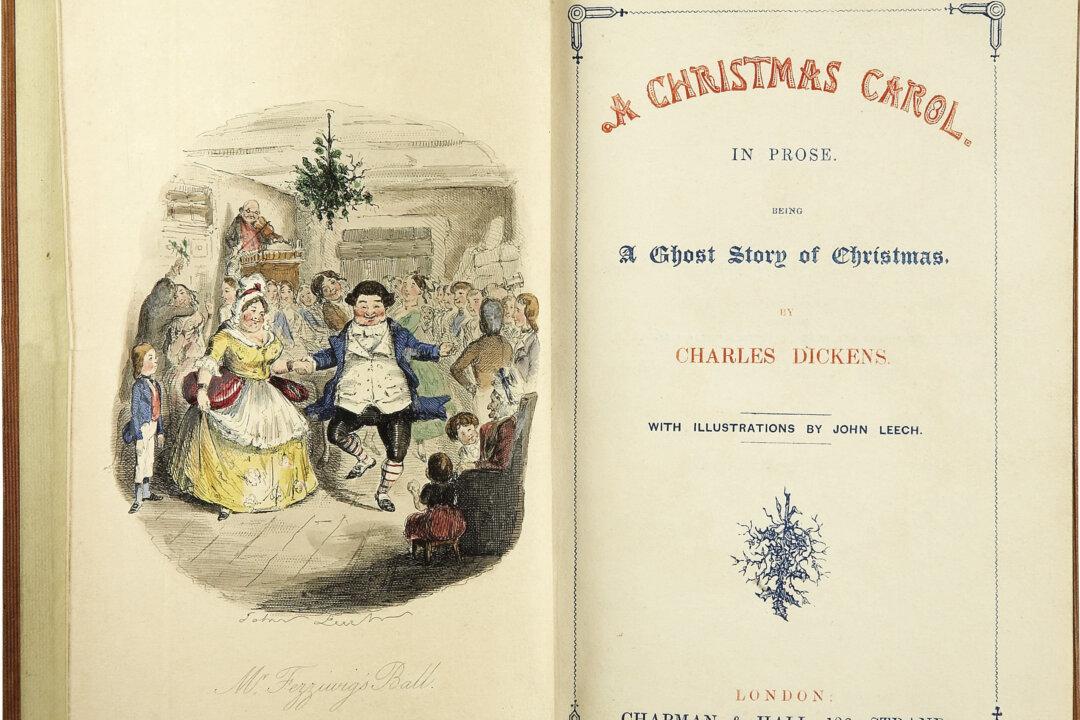A sense of place affects us throughout our lives—or at least it should. Think of walking on a sunny warm day, vivid in its optimism, and then seeing someone skulking down an alley—furtive darkness amongst the light. Does a story begin to form in the recesses of your mind? Or were you so engrossed in your smartphone that you didn’t notice the sun or the skulker? A writer of fiction is connected to the world around them on many levels.
Agatha Christie is one of the world’s most popular and recognizable authors and her work is the echoes of the places she has been, the people she knew, and her experiences. Her first novel, the unpublished “Snow Upon the Desert,” was rooted in her three months spent in Cairo at age 17. Where would we be without her “Murder in Mesopotamia,” “Death on the Nile,” and “Murder on the Orient Express”—which she could never have brought to life so well had she not been there! Her trip to Barbados in 1956 morphed into “A Caribbean Mystery.” The Art Deco Burgh Island Hotel, off the Devon coast, inspired “Evil Under the Sun.” In the 1939 “And Then There Were None,” a nanny’s charge drowns while under her care. This was based on Christie herself almost drowning at age 13 in Beacon Cove, near Torquay, while trying to rescue her nephew. The fiction has its birth in the brutality of an authentic event and the picturesque actual location.





